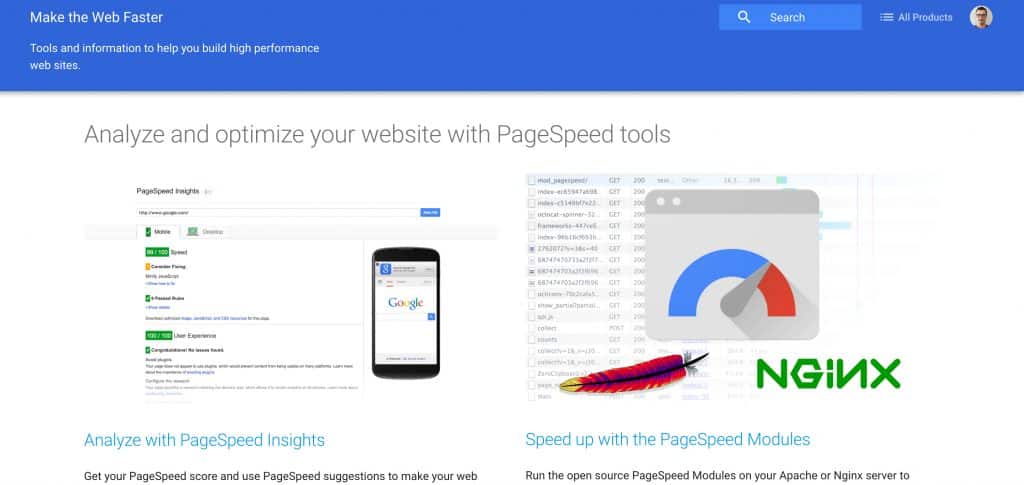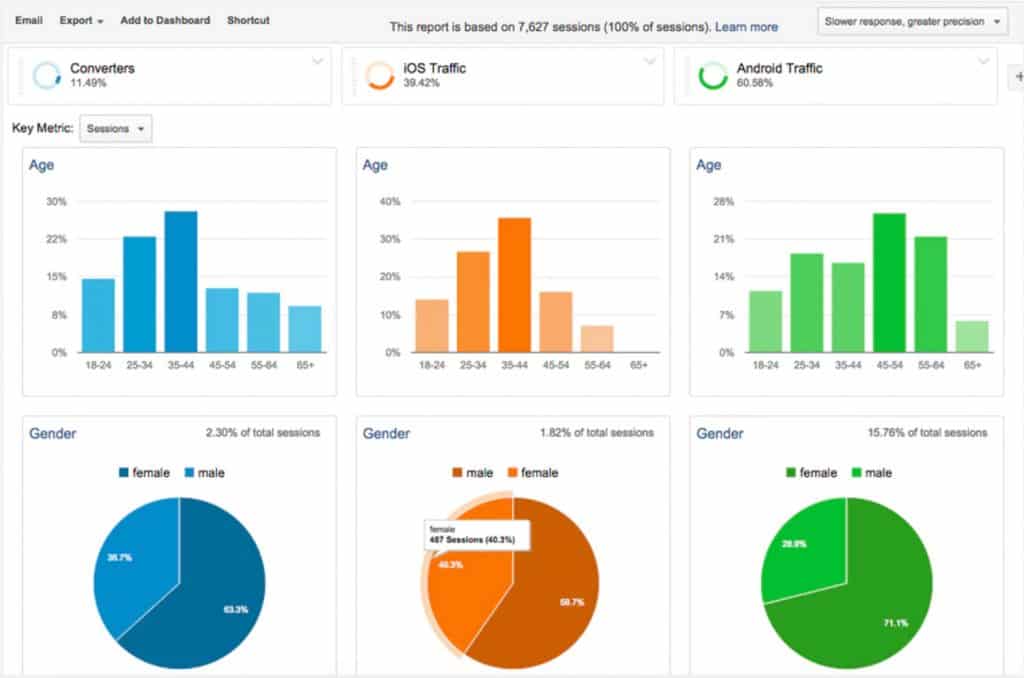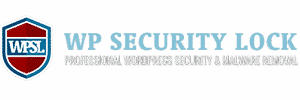Ready to optimize your WordPress website?
Today I'm going to be tackling three key areas that we focused on with our clients in 2016… and give you 7 action steps you can take this month to jumpstart your business in 2017.
[1-3: WEBSITE SECURITY]

You might have heard that 2016 was the year of the hack.
Yahoo! was hacked (500 million records), the DNS servers in the United States were hacked (causing downtime for an entire day for most of the country), politicians were hacked, and on and on it goes.
As a website owner, security is important because:
- People may not engage on your site (purchase your products & services) if it's unsecure
- Google Chrome (the most popular browser) is cracking down on insecure sites, and we have seen that Google and other popular search engines do tend to prioritize SSL-secured sites over non-secured sites
- When your site gets hacked, that triggers a chain reaction that can lead to loss of data, breach of user data (your customer data becoming public), loss of sales, visitors trust, getting blacklisted on search engines and browsers, legal issues, and tons of wasted time and money
Go ahead and take these three steps before the end of January to make your business more secure online:
- Make sure WordPress is up-to-date
- Make sure your themes and plugins are updated
- Install a backup plugin
[4: PAGE SPEED]

2016 was also the year of instant results.
People expected to discover, explore, and purchase your products whenever they're ready, as quickly as possible.
Google reported that it will start using your site's load time on mobile to determine your search rankings.
And Google and Facebook both came out with “instant news solutions” (Google AMP and Facebook Instant Articles) so that mobile users don't even have to wait one second for your page to load.
The quickest thing you can do to find out how your site speed ranks is to visit Google PageSpeed Insights (for desktop) and Google's Mobile Friendly Test (…for mobile).
[5-7: CONVERSION RATES]

And finally, 2016 was the year of increasing conversion rates through inbound marketing and education.
You can figure out your conversion rate by dividing the number of website visitors you had by the number of people who purchased your products.
A good starting conversion rate for your products and services is around 3%.
If you don't know what your conversion rate is at all, then that's the first place to start. (We're happy to point you in the right direction if you need help figuring it out).
And if you do know what your conversion rate is right now, then take these steps to start improving it over the next few months:
- Create a free email series for new subscribers (looking for a new email provider? Try Drip or ConvertKit)
- Add an optin box to your homepage and blog (check out OptinMonster or Picreel)
- Find out what your most popular content was in 2016 (and use that for content planning this year)
Questions, comments, or feedback? We'd love to hear from you in the comments below. 🙂

Leave a Reply